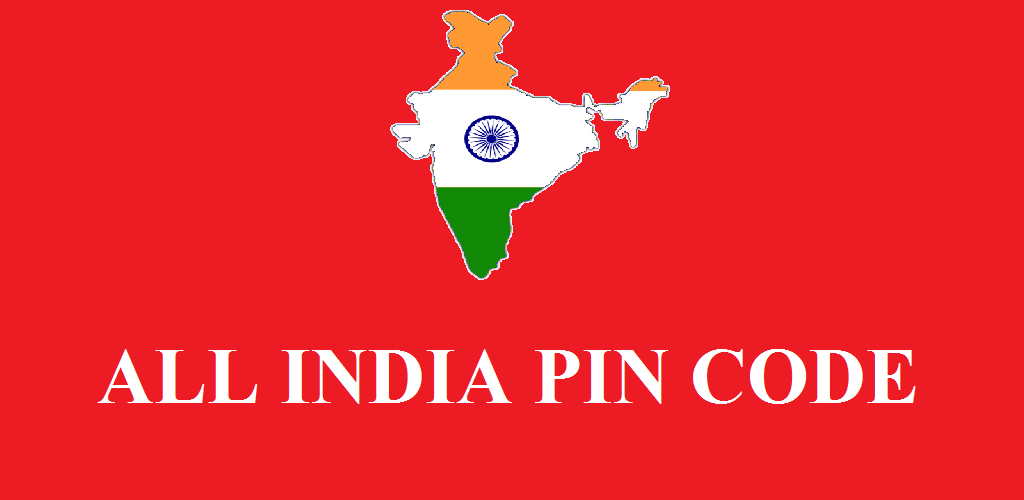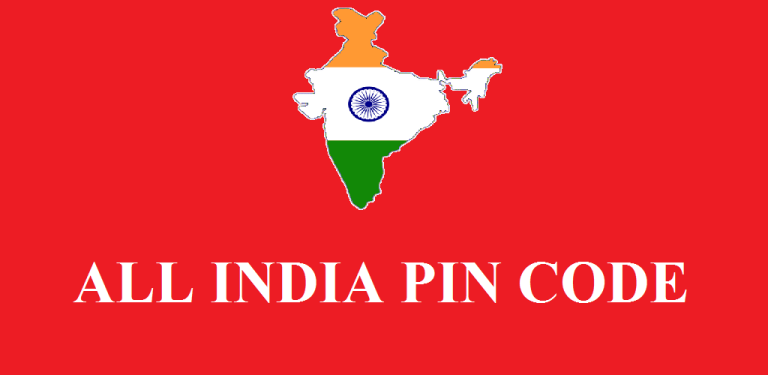
India’s PIN (Postal Index Number) code system was introduced on August 15, 1972, by Shriram Bhikaji Velankar, then Additional Secretary in the Union Ministry of Communications. It was developed to streamline the mail delivery system, eliminate confusion caused by similar place names, and improve efficiency in sorting and delivery of postal items.
A PIN code is a six-digit number. The first digit indicates the region, ranging from 1 to 9, covering the country geographically. The second digit represents the sub-region, and the third denotes the specific sorting district within that region. The last three digits are assigned to individual post offices under that district.
For example, in the PIN code 110001 (New Delhi GPO), ‘1’ represents the northern region, ’11’ is the sub-region and district, and ‘001’ is the specific post office.
PIN codes are essential for ensuring fast and accurate mail delivery, especially in a vast and diverse country like India. They are also widely used in online shopping, banking, and utility services for location verification. With over 150,000 post offices, India’s PIN code system is one of the largest in the world, serving urban and rural populations alike and supporting crucial logistical infrastructure.
